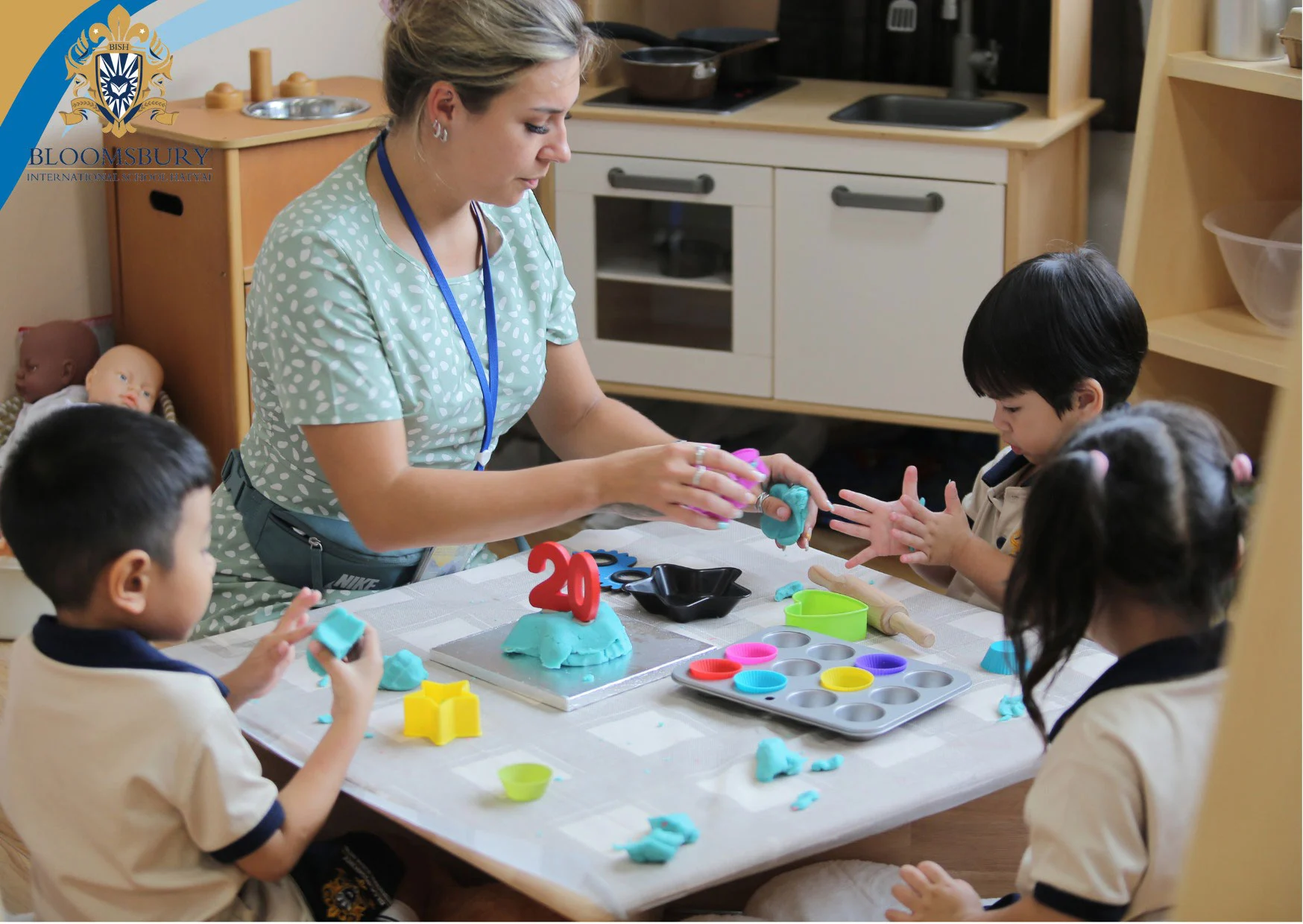WELCOME TO EYFS
Hello, and welcome to the Early Years at Bloomsbury International School Hatyai. We are privileged to support our youngest learners as they begin their exciting educational journey.
The Early Years are a magical stage in a child’s life – a time when curiosity, imagination, and exploration shape the foundation for all future learning. At Bloomsbury, we are dedicated to providing a nurturing and stimulating environment where every child feels safe, valued, and inspired to grow.

